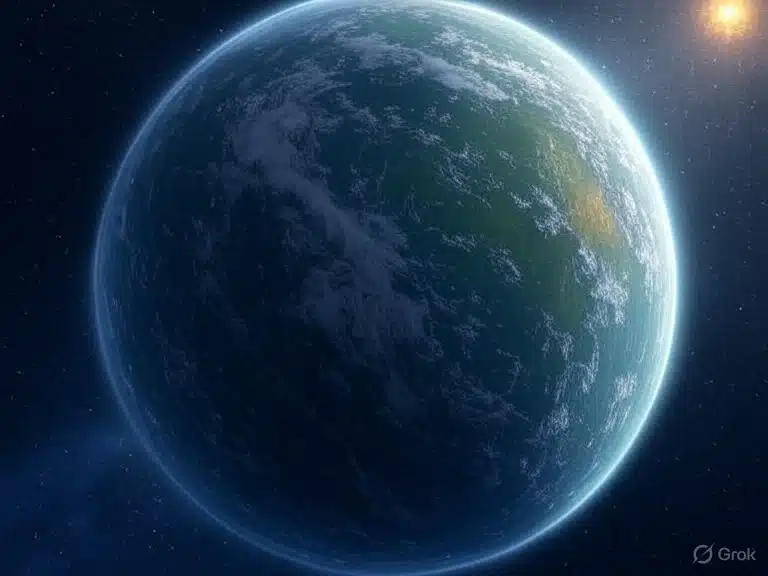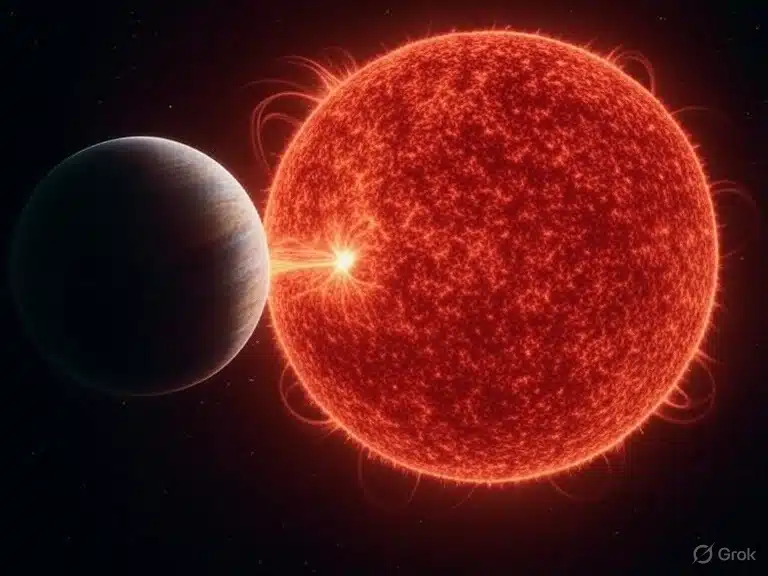For centuries, humanity has looked up at the night sky and wondered: Are we alone in the universe? Thanks to modern astronomy and powerful telescopes, the search for alien life has taken a giant leap forward. Scientists are now uncovering new exoplanets — planets beyond our solar system — that may harbor the right conditions for life, though perhaps not life as we know it.
Some of these worlds orbit stars very different from our Sun, while others may have exotic atmospheres, alien oceans, or environments where strange life forms could exist. Let’s explore a few of the most intriguing discoveries.
The Hunt for Habitable Worlds
Astronomers search for exoplanets using missions like NASA’s Kepler and TESS telescopes. By observing how a star’s light dims when a planet passes in front of it, scientists can estimate a planet’s size, orbit, and even atmospheric composition.
To determine if a planet could support life, researchers look for the habitable zone — the “Goldilocks” region around a star where temperatures are just right for liquid water. But as we’re learning, life might not require Earth-like conditions at all. Some exoplanets may be extreme by our standards yet still capable of supporting strange, alien ecosystems.
Kepler-452b: Earth’s Older Cousin
Nicknamed “Earth 2.0,” Kepler-452b lies about 1,400 light-years away. It orbits a Sun-like star in the habitable zone, making it a prime candidate for life.
What makes Kepler-452b fascinating is its age — it’s billions of years older than Earth. This means if life ever arose there, it could have had far more time to evolve, potentially producing life forms vastly more advanced — or stranger — than anything on our planet.

TRAPPIST-1 System: A Family of Possibilities
In 2017, scientists made headlines when they discovered seven Earth-sized planets orbiting a small, cool star just 39 light-years away. At least three of these planets — TRAPPIST-1e, TRAPPIST-1f, and TRAPPIST-1g — are within the star’s habitable zone.
What makes this system extraordinary is its compact nature. The planets are so close to one another that an alien standing on the surface of one might see neighboring planets as massive objects in the sky. With potential oceans and Earth-like sizes, the TRAPPIST-1 worlds could support unique forms of aquatic or subterranean life adapted to their unusual conditions.
K2-18b: A Watery Super-Earth
Located about 120 light-years away, K2-18b is a super-Earth — larger than our planet but smaller than Neptune. In 2019, astronomers detected water vapor in its atmosphere, a groundbreaking discovery that made headlines worldwide.
This planet orbits in its star’s habitable zone, raising the exciting possibility of alien oceans beneath thick clouds. However, its size suggests a dense atmosphere and higher pressures, meaning any life there might be very different from life on Earth, perhaps thriving in high-pressure, underwater environments.
Proxima Centauri b: Our Cosmic Neighbor
Orbiting the closest star to the Sun, Proxima Centauri b is just 4.2 light-years away. This rocky planet lies in its star’s habitable zone, making it one of the most studied candidates for extraterrestrial life.
The challenge? Proxima Centauri is a red dwarf star, known for violent solar flares. These flares could strip away the planet’s atmosphere, making it hostile to life. But if Proxima b has a strong magnetic field or underground oceans, it might still protect and sustain resilient, strange organisms.

Gliese 1214b: The Water World
Discovered in 2009, Gliese 1214b is known as a “water world.” This super-Earth, about 40 light-years away, appears to have a thick, steamy atmosphere. Astronomers believe much of its mass could be water — far more than Earth contains.
If confirmed, Gliese 1214b might host exotic ocean ecosystems beneath its hot, dense atmosphere. Life here could be microbial, thriving in deep, high-pressure layers, or something completely unrecognizable to us.
Beyond Earth-Like Life
When we imagine alien life, we often picture creatures similar to Earth’s plants and animals. But scientists warn us to keep an open mind. Life might not require oxygen, water, or even carbon. It could thrive in methane oceans, acidic clouds, or underground lava tubes.
For example:
- On Titan, Saturn’s moon, methane-based life is a possibility.
- On sulfur-rich worlds, microbes might use chemistry alien to Earth organisms.
- On tidally locked planets (with one side in eternal daylight and the other in darkness), life could exist in narrow “twilight zones.”
These possibilities expand our definition of habitability and suggest that strange life forms could be common across the galaxy.
Why These Discoveries Matter
The study of exoplanets isn’t just about curiosity. It has real implications:
- Understanding life’s limits: By studying extreme worlds, we learn more about where life can survive.
- Searching for biosignatures: Astronomers look for gases like oxygen, methane, or unusual chemical imbalances as potential signs of life.
- Preparing for the future: If humanity ever colonizes space, exoplanets may become destinations for exploration or even survival.
Every discovery brings us closer to answering one of humanity’s oldest questions: Are we alone?
Conclusion: A Galaxy of Possibilities
The newly discovered exoplanets — from Kepler-452b’s ancient world to the TRAPPIST-1 system’s crowded neighborhood, from watery K2-18b to stormy Proxima b — show us that the universe is teeming with potential homes for alien life.
Whether these worlds host microbial colonies, strange aquatic beings, or simply barren landscapes, they remind us that Earth is just one small part of a vast cosmic story. The more we search, the more we realize that life may not be the exception in the universe — it may be the rule.

